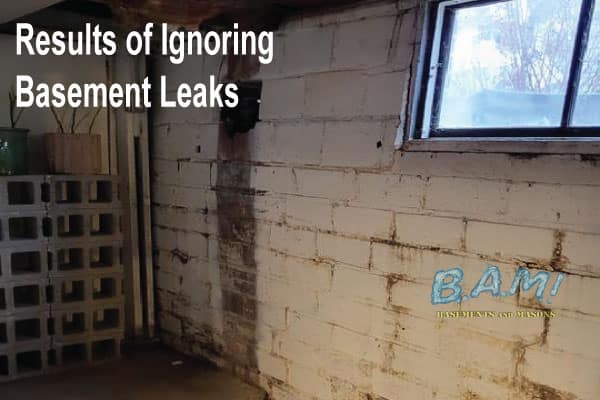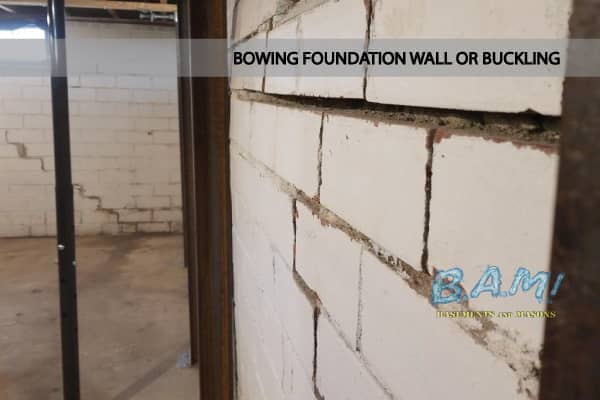The 45-Second Trick For Best Basement Waterproofing
The 45-Second Trick For Best Basement Waterproofing
Blog Article
Some Known Facts About Best Basement Waterproofing.
Table of ContentsSee This Report about Best Basement WaterproofingOur Best Basement Waterproofing StatementsAll about Best Basement WaterproofingThe Only Guide for Best Basement WaterproofingBest Basement Waterproofing - Truths
uses excavation methods towards the bottom of the structure's structure. entails eliminating dampness after it has actually gone into the cellar. AdvantaClean's qualified professionals and professionals will locate the water source. If wall surface or piece cracks exist, we will inject polyurethane and epoxies into the fractures and secure the concession, preventing additional wetness from getting in.Mounting basement ventilation systems, conditioning systems, or cellar dehumidifier systems to obtain water out of your basement. Choosing AdvantaClean's cellar waterproofing solutions is an efficient method to deal with wetness and avoid mold from endangering the framework of your home and the health and wellness of your family.
If there's condensation on the exterior of the foil, you have high moisture in your basement. If the aluminum foil has condensation on the within surface area (next to the wall surface), the soil around your house might be naturally damp from a high water table or inadequate soil water drainage.
You can waterproof simply your interior walls, which might fix the problem. Once they dry out, they adhere completely to concrete and masonry wall surfaces.
Best Basement Waterproofing - Questions
Swirl the brush at the last phase of application to give the wall an eye-catching, ended up appearance. Concrete waterproof finishings can not be put on formerly painted surface areas; inspect the tag. A 5-gallon bucket expenses about $60. Also known as densifiers, they are appropriate only for walls that haven't been repainted or sealed.
But you brush, roll, or spray it on a lot more heavily one gallon covers simply 75 square feet, not the 300 square feet normal with typical paint. Waterproof paint is fine for DIY application. You can use it over repainted surface areas, and paint over it once it's cured (one gallon prices $37).
It can set you back $10,000 to $15,000, depending on the work required (Best Basement Waterproofing). Exterior waterproofing entails digging deep into all around the house to the complete depth of the structure walls, after that installing a water-proof finishing or membrane layer topped by drainage panels.
The Of Best Basement Waterproofing
We've all been caught in a tornado without umbrella or raincoat. And it's constantly a recipe for disaster: whatever's damp, your coiffure is messed up, and points are obtaining musty. A basement without waterproofing is sort of like that. Minus the spoiled hairstyle component. Your basement does not desire to go through a downpour without appropriate defense equally as much as you navigate to these guys don't desire to.

Outside waterproofing is a waterproofing technique that involves securing your home from the exterior. The foundation walls are after that cleansed, sealed, and covered with a waterproof membrane or sealer.

What Does Best Basement Waterproofing Do?
It's an extra involved procedure that needs excavating up your lawn, which is expensive and time-consuming. Outside waterproofing entails getting rid of whatever bordering the residence, consisting of porches, driveways, walkways, landscape design, air conditioner devices, decks, and so forth. If any of the job was done incorrectly and water is still entering your basement, there isn't much you can do to my company fix or fix it.
Inside cellar waterproofing includes waterproofing from the within. Any water that leakages right into your cellar is rerouted before it touches your flooring. It's type of like using a raincoat under your garments. It involves 2 things: a water drainage track and a sump pump. It functions by sealing the inside of your basement walls and floorings so water that attempts to get in is carried out through a sump pump.
It's a reliable method to waterproof your basement. The downside of indoor cellar waterproofing mostly involves the setup procedure. This technique requires stored items, furnishings, and built-in shelving or cupboards to be relocated from touching the basement wall surfaces. And during setup, your basement can't be made use of. The largest difference in between both methods is this: Exterior waterproofing is a preventative option and indoor waterproofing is a restorative service.
The smart Trick of Best Basement Waterproofing That Nobody is Discussing
To conclude, exterior and interior cellar waterproofing are both efficient methods of protecting your home recommended you read from water damage. Outside waterproofing creates an obstacle that stops water from entering your home, while indoor waterproofing reroutes water that does enter your home. And it is essential to keep in mind that exterior waterproofing is a pricey and turbulent installation process when compared to indoor waterproofing.
Whichever method you choose, make sure you choose a dependable and trustworthy specialist for the work. If you have any kind of questions concerning cellar waterproofing, please get to out to us.
You can fill in our form below. Best Basement Waterproofing, begin a conversation in the bottom right-hand corner, or call us at 1-800-827-0702
Report this page